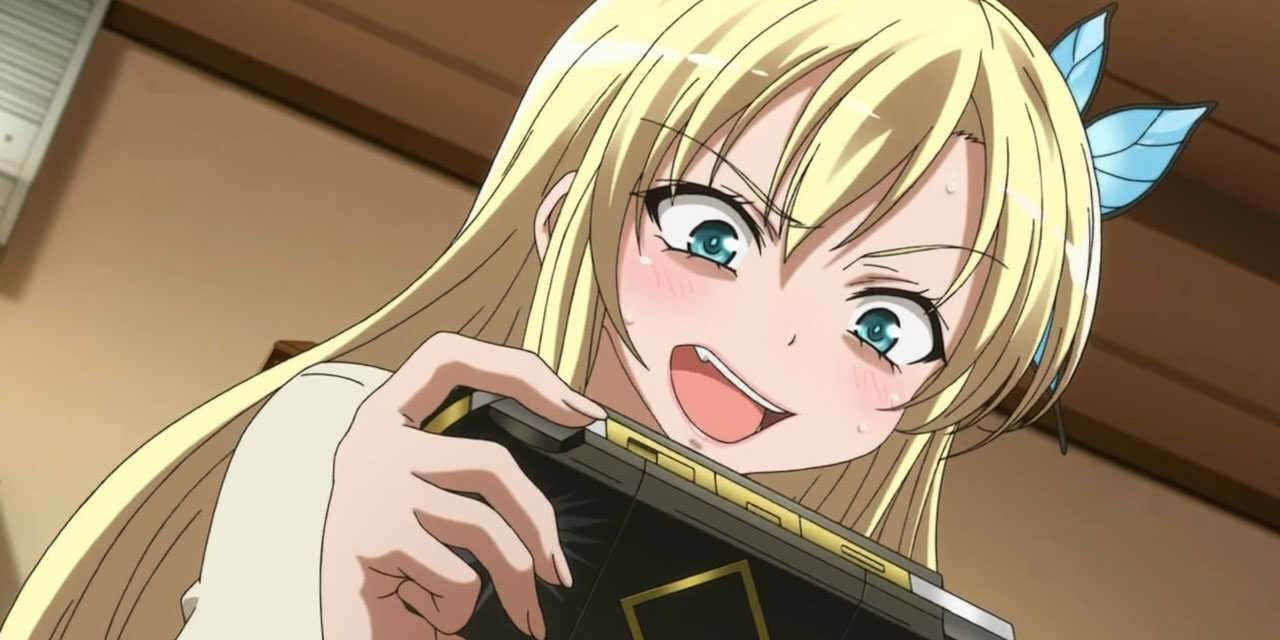A worthless question I’ve had spiraling inside my head for quite awhile now is in regards to Japanese visual novel developers, more specifically those who produce “eroge” or erotic visual novels.
The question? Why the hell did they produce and release censored alternatives of their adult visual novels for home console releases such on the SEGA Dreamcast and Sony PlayStation 2.
I was always under the conception that visual novel releases on home consoles were almost always financial failures, and more often than not they absolutely were (on console, not PC).
My thoughts instantly then went to visual novel creators instead trying to legitimize themselves and their creation by having their VNs released on home consoles it could potentially lead to adaptations in the forms of manga or ideally, anime.
And now the question that nobody has been asking has finally been answered straight from the source itself.
Developers of adult visual novels have offered their reasoning behind porting their adult-oriented games to home consoles systems, justifying the endeavor despite not generating actual profits from game sales directly.
For instance, the official Purple Software account made a post that said the following:
The console ports of eroge games barely yielded any profit for the publishers. They received a unit price for additional scenarios and illustrations and royalties equivalent to a percentage of sales. Nevertheless, porting to consoles was somewhat of an aspiration. The main advantage was the opportunity to adapt eroge into mainstream anime through console releases. Directly adapting eroge games into TV anime was almost impossible.
Purple Software have been making adult oriented visual novels since 2001, with two of their releases landing on home consoles, such as 2002’s “Happy Breeding” which released on SEGA’s Dreamcast and Sony’s PlayStation 2 the following year and “Natsuiro Komachi” which also released on the PlayStation 2 in 2003 as well.
The tweet eerily confirms my suspicions about eroge / erotic visual novels being ported to home console systems, often at a loss for publishers as developers. Developers are paid extra for bonus content in their work exclusive to the home console release most likely to make up for the deficit in actual adult scenes which clearly aren’t present on these console platforms.
Though those days are long gone, back when AVN creators added additional content instead of just cutting away at the naughty bits to simply meet compliance.

Another “veteran” of sorts chimed in on the conversation, with Hide being a VJ throughout the mid 1990’s before getting more involved with the Japanese eroge industry via LOOPCUBE in terms of lyrics and music production.
LOOPCUBE have assisted with various adult oriented visual novels that managed to find release on home console systems quite some time after their initial PC release, such as Princess Holiday and Tsuki wa Higashi ni Hi wa Nishi ni ~Operation Sanctuary~.
Hide proclaimed in his tweet:
“The console adaptation of eroge games alone doesn’t provide much benefit to the original maker. So, in the early 2000s, it was a common strategy to negotiate a series expansion with manga, novels, and anime alongside the adaptation. Since a direct adaptation from an adult-rated version to the PS2 wouldn’t pass the project, Dreamcast version was launched first, then followed by the ‘PS2 version as merely an adaptation from the DC.’ There were really various tactics back then, haha.”

Hide even posted an image showcasing the differences depicted of the same visual novel release between the PlayStation 2 and the SEGA Dreamcast.
An interesting discovery, the whole push for having visual novels pushed onto home console platforms was simply to establish themselves and their intellectual property for potential expansion through other adaptational works, when it comes to the Japanese there is no greater money maker than to have your work adapted into an anime series, anime is the end goal for these people.

There’s a literal fucking plethora of anime adaptations that originated as adult visual novels. One of the most iconic anime of all time, Clannad is just one of them.

Looking at Clannad’s track record you can clearly see the influence that home consoles ports have amongst visual novels, with Clannad originally releasing on PC back in 2004.

Before being ported onto the Sony PlayStation 2 almost two whole years after its initial release on February 23rd 2006. And just a single month after its release on the PS2, at the Tokyo Anime Fair held on March 23rd, the Clannad animated film was announced for a 2007 release followed by the infamous anime adaptation which released during the fall season of 2007.
Though this is just a specific example that showcases home console releases in action, this isn’t necessarily the same for other adult visual novels, I’m still staggered as to how Aki Sora for instance managed to receive an animated adaptation despite never having released on home consoles, though I guess they had enough money to burn in doing so.
But this would certainly help explain why less prominent visual novels managed to land an anime adaptation, such as Mashiro-iro Symphony which released back in 2009 before being altered and repackaged for release on the Sony PlayStation Portable in the middle of 2011, mere months before the anime adaptation began airing.
Hide continued to chime in about the topic as to why AVN’s were ported to home consoles.
He stated that instead of merely cutting content for a console release they instead added additional creature comforts such as opening movies with theme songs, new heroines and routes for players to explore and discover (new content) and the promotion of side characters.

For instance, the PS2 release of Fate/Stay Night actually incorporated voice acting, as all Type-Moon visual novels up until that point had absolutely no voice work whatsoever, there’s a useless fact for you.

“There were cases where the relationship between the porting studio and the original studio was so good that in console versions, the additional elements were added to recover the lack of taste in porting by adding sexual content in a process called “reverse porting.”

The segregation of the rights for eroge ports by platform, releasing DC and PS2 versions from entirely different manufacturers during the same period, seems incredibly crazy when we consider it now. Different manufacturers in the same industry, although involved in original content supervision, independently adapted and released ports, resulting in variations in ethical adjustments, added content, and entirely different movies and theme songs for each due to intense competition among rival companies.
Hide then made one last follow-up tweet that declared that eroge console ports were generally developed by a third party, more rather the original developers were just glorified overseers of their port progress alongside producing additional resources exclusive for these console releases such as additional CG artwork.

The original maker gets only resource production costs, supervision fees and copyright royalties based on the sales of home console releases which is why they were generally less profitable versus their PC releases.

